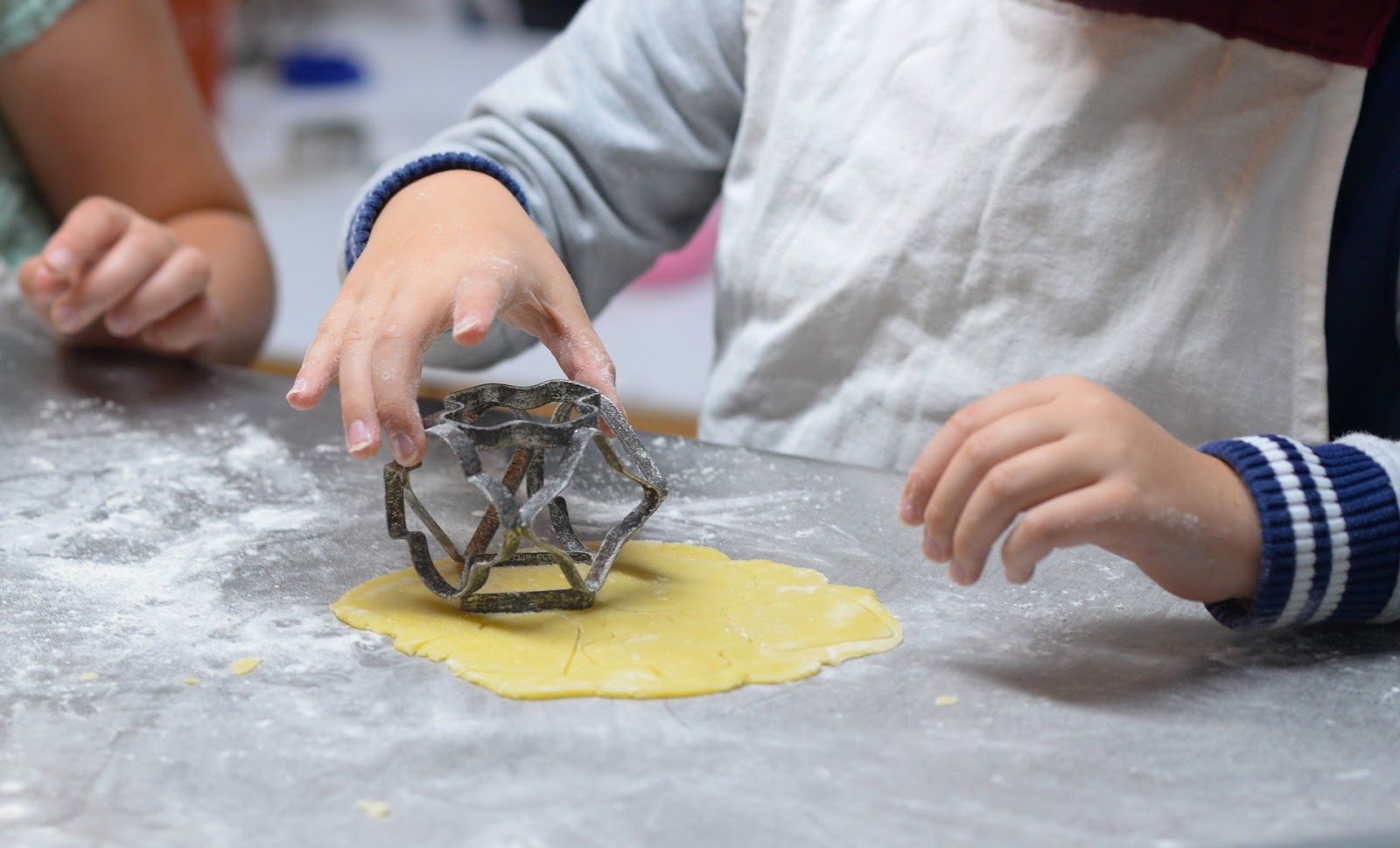
There are many benefits to teaching your children how to safely cook and bake. You can prepare them for the future by giving them basic skills they’ll need, and you can have fun while doing so. But as good a time as cooking with your kids can be, it’s important to instruct them in kitchen safety so that they don’t hurt themselves or others.
Food Safety
It’s important to start by teaching your children basic food safety before you begin cooking. Don’t just tell them that they need to frequently wash their hands with soap, but why. Explain why raw ingredients should not be mixed with cooked components and that cooked foods shouldn’t touch an unwashed surface that held raw ingredients. Teach them about personal safety at the same time and tell them to make sure any long sleeves are rolled up and any dangling jewelry removed. Something could easily get caught and lead to an injury, or they might contaminate the food they’re preparing.
Appliance Safety
Make it clear that appliances should only be used with adult supervision. Potholders should always be used when removing something from the oven or microwave. When your kids are finished with an appliance, they need to be sure to turn it off. They must also know that no water can go near anything electrical, so tell them to be extra careful. It’s also important that your children are also aware that towels must be kept away from active appliances, to keep them from getting caught or catching fire. If you’re worried about the oven tipping, consider bolting it to the wall to keep your little ones safe when they open and close it. Make absolutely sure they know not to stick foreign objects into the toaster, even if something gets stuck.
Utensil Safety
Utensils can be just as dangerous as appliances if used improperly. If your children are old enough to use a knife safely, you still need to make it clear they should not use it without you present. Tell your children to never point the knife at themselves, especially when walking. Teach them how to hold it to keep their fingers safe, and to never leave a knife in a sink full of water. If they’re using the microwave, they need to make sure that it’s a microwave-safe dish to prevent shattering or explosions. If the handles on your pots and pans are loose, tighten them up. It won’t take much for a pot or pan to slip in a child’s hands and hot contents to cause a burn. Emphasize to your children that if they don’t know how to use something, then they need to ask to be shown how. If they make a mistake or if an accident happens, the first thing they should do is get an adult.
Fire Safety
One of the most dangerous aspects of cooking is potential fires. That’s why it’s important to not only teach yourself but your children how to prevent and combat them. Keep a fire extinguisher in the kitchen and learn how to use it properly. Test your smoke detector regularly and replace the batteries often. Tell your child how important it is to never ever leave the kitchen if they are cooking, as accidents can happen in seconds. If you are teaching your child how to cook meat, make sure they understand grease must be cooled before it’s thrown out because hot grease can be hazardous. Teach them that if a grease fire does happen to start, if it is small, throw baking soda on it and try to smother it. If it continues to grow or is too large to contain, then exit the home and call emergency services.
There are many ways cooking can be dangerous, but it will be helpful for your child to learn how to cook safely. Teach your children about proper safety protocol and make sure they know they need you there to cook. After all, this is a great chance to bond with your children and have some fun in the kitchen.
Image Courtesy of Pixabay
